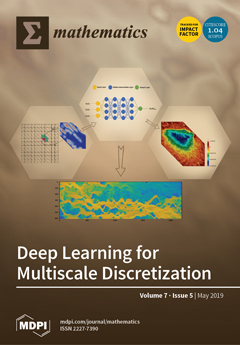The recently proposed
q-rung picture fuzzy set (
q-RPFSs) can describe complex fuzzy and uncertain information effectively. The Hamy mean (HM) operator gets good performance in the process of information aggregation due to its ability to capturing the interrelationships among aggregated values. In this study, we extend HM to
q-rung picture fuzzy environment, propose novel
q-rung picture fuzzy aggregation operators, and demonstrate their application to multi-attribute group decision-making (MAGDM). First of all, on the basis of Dombi t-norm and t-conorm (DTT), we propose novel operational rules of
q-rung picture fuzzy numbers (
q-RPFNs). Second, we propose some new aggregation operators of
q-RPFNs based on the newly-developed operations, i.e., the
q-rung picture fuzzy Dombi Hamy mean (
q-RPFDHM) operator, the
q-rung picture fuzzy Dombi weighted Hamy mean (
q-RPFDWHM) operator, the
q-rung picture fuzzy Dombi dual Hamy mean (
q-RPFDDHM) operator, and the
q-rung picture fuzzy Dombi weighted dual Hamy mean (
q-RPFDWDHM) operator. Properties of these operators are also discussed. Third, a new
q-rung picture fuzzy MAGDM method is proposed with the help of the proposed operators. Finally, a best project selection example is provided to demonstrate the practicality and effectiveness of the new method. The superiorities of the proposed method are illustrated through comparative analysis.
Full article





